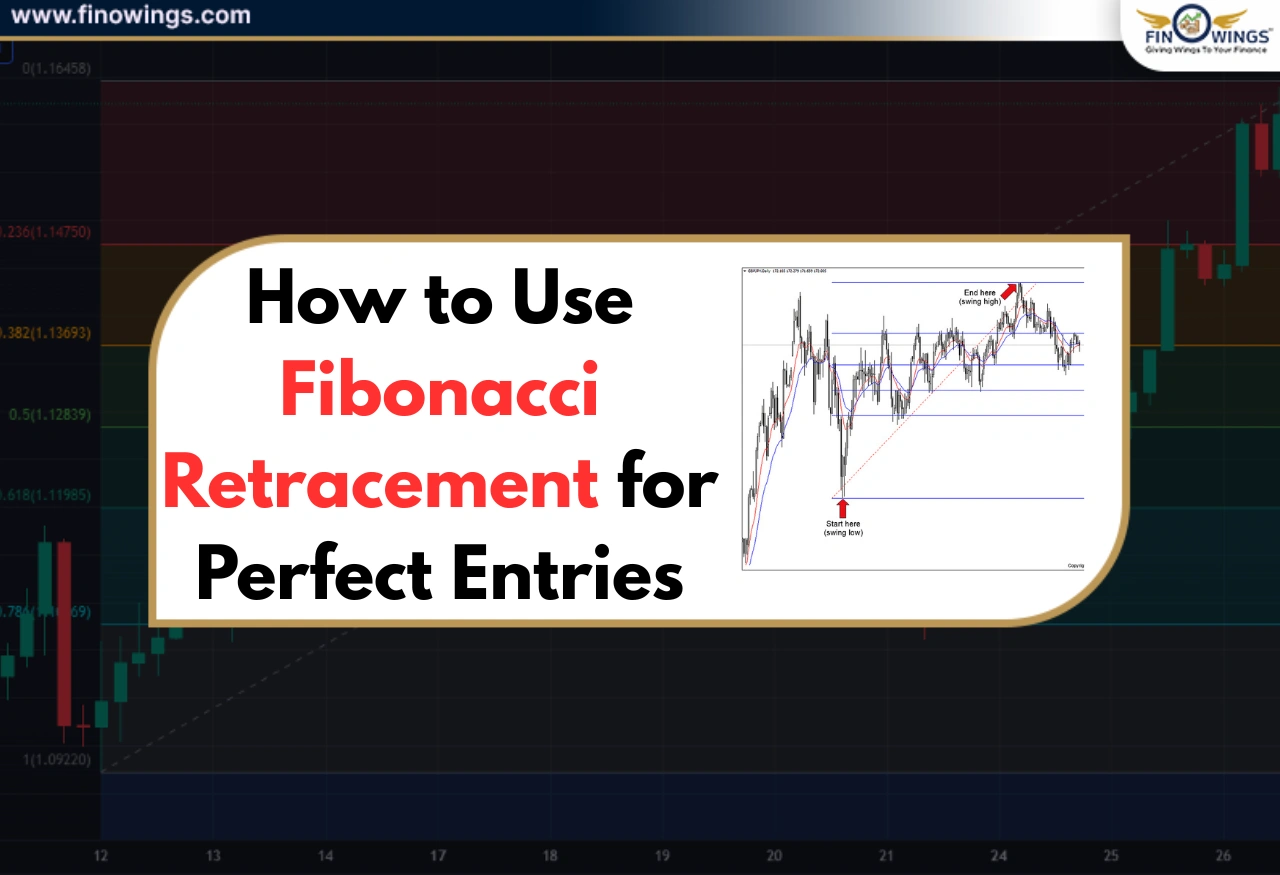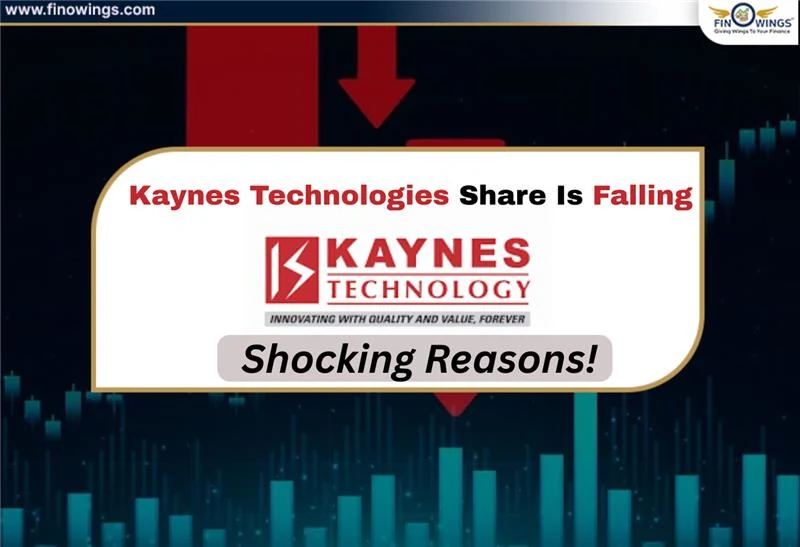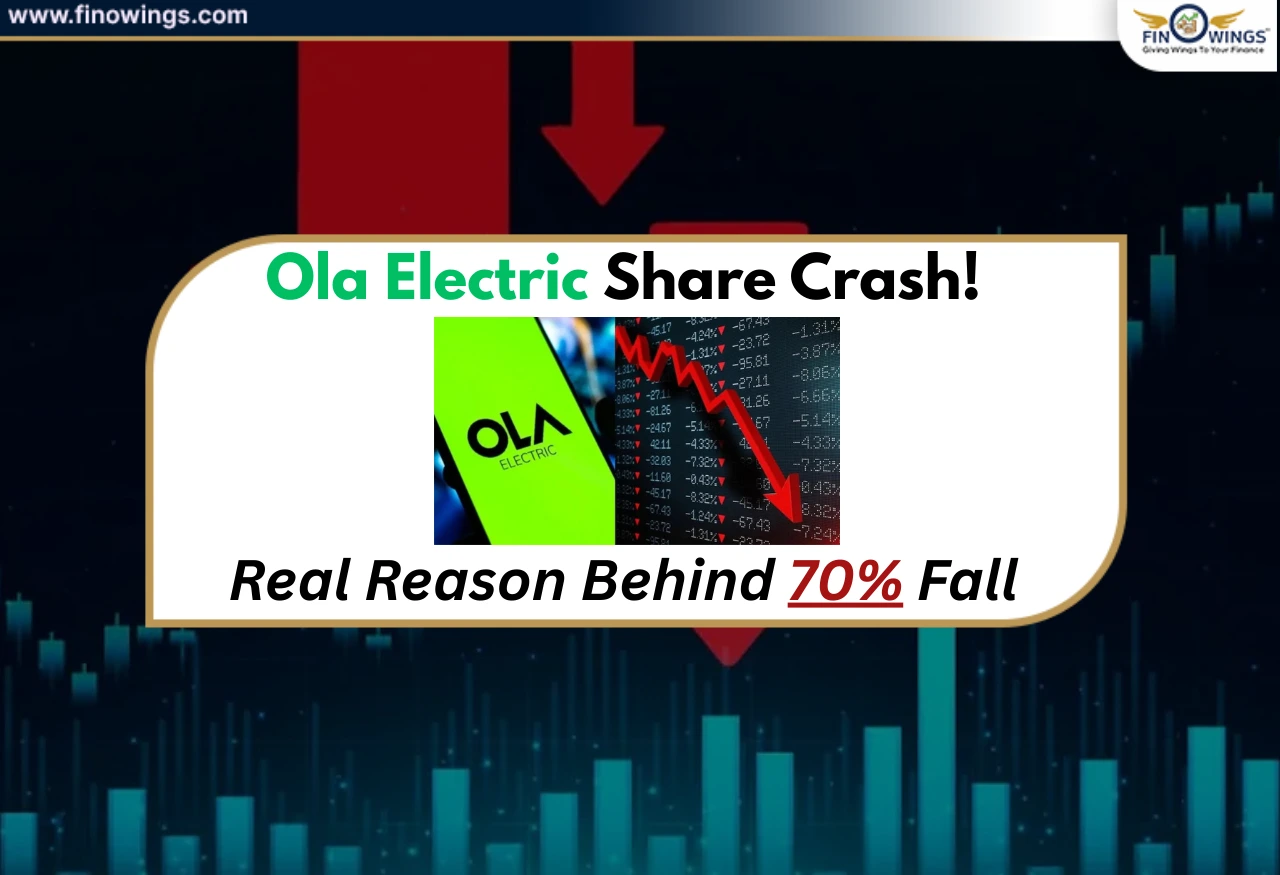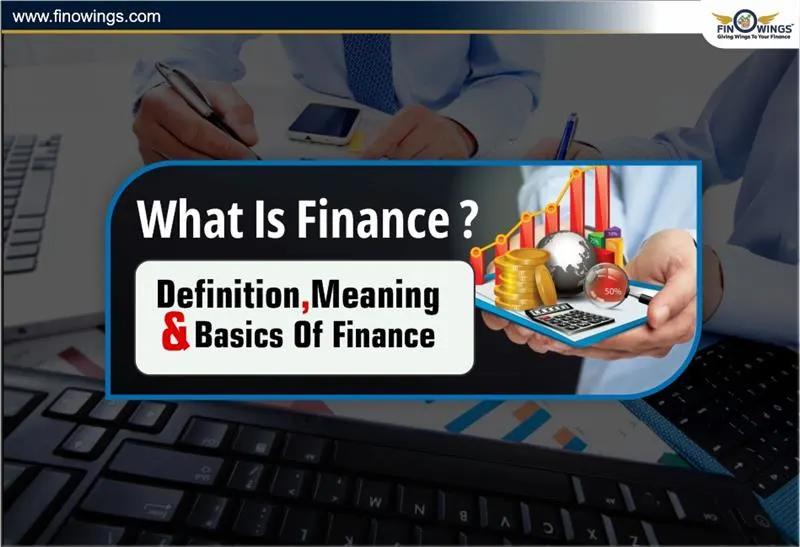Home >> Blog >> What Is Equivalent Annual Cost - EAC Formula And Its Benefits
What Is Equivalent Annual Cost - EAC Formula And Its Benefits
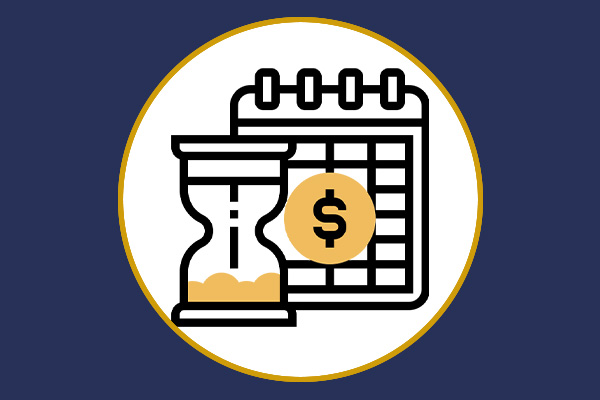
Table of Contents
- 1. Introduction
- 2. What Is The Equivalent Annual Cost (EAC)?
- 3. What Is The Importance Of Equivalent Annual Cost?
- 5. Equivalent Annual Cost (EAC) Example
- 6. What Are The Benefits Of Equivalent Annual Cost (EAC)?
- 7. Limitations Of Equivalent Annual Cost (EAC) Analysis
- 8. How is Equivalent Annual Cost different from The Whole-life cost?
- 9. Bottom Line
1. Introduction
Before investing, deciding which asset you want to invest in is crucial. Undoubtedly, you will find loads of investment options in investing, which is why investing in one asset can be challenging. This often makes it difficult to choose an investment option. But fortunately, many financial techniques and metrics can help you in your decision-making process.
The Equivalent Annual Cost formula is the most effective tool to help you understand an asset's yearly cost over its lifetime. If you are having trouble choosing the better one among the two investment options, you have come to the right page. Today in this blog, we will discuss topics like what is Equivalent Annual Cost (EAC), how it works, and EAC calculation. If you get it right, it will make your decision-making process a lot easier. Keep reading.
2. What Is The Equivalent Annual Cost (EAC)?
Simply put, equivalent annual cost refers to the yearly cost of owning, operating, and maintaining an asset throughout its lifetime. You can say it is the average annual cost of owning, operating, and maintaining the assets throughout their useful lifespan. For your information, Equivalent Annual Cost (EAC) effectively compares the cost-effectiveness of different assets. That's why management primarily uses the EAC concept for capital budgeting. An equivalent annual cost (EAC) analysis can help determine which asset is better to buy and which asset to lease. In addition, EAC analysis also helps to understand the impact of maintenance costs on the ownership of an asset.
Calculating EAC is pretty straightforward. The EAC can be obtained by dividing the present value of the asset's purchase price with its operating cost and maintenance cost by the present value of the annuity factor.
3. What Is The Importance Of Equivalent Annual Cost?
Equivalent Annual Cost (EAC) is essential in finance and investment. Let's use an illustration to try to comprehend it:-
Suppose you are a company owner and considering buying software to accelerate the company's functioning. Fortunately, there are two new software in the market. But you are confused between the two software because the software is the same, but their cost and license period differ.
The cost of software A is Rs.80,000. Its license period is five years, and its maintenance cost is Rs.8000 annually. On the other hand, software B is priced at Rs.64000, its license period is four years, and its annual maintenance is around Rs.5,000.
Usually, if a company or investor is confused between the two options, they calculate only the Net Present Value (NPV) of that asset and go ahead with the option with the lowest NPV.
Regardless, the point to be noted here is that the NPV method will not work in this case, as the life of both the software is different, and the calculation of NPV will not give you an accurate picture of decision-making.
So, calculating Equivalent Annual Cost (EAC) can go a long way in your decision-making. The EAC will mainly help bring the cost of both the software to the yearly and comparable level; thus, you can choose the right software based on the findings of the EAC. For your information, the software with the lowest annual cost will be selected here.
4. What Is The Formula For Equivalent Annual Cost (EAC)?
As we mentioned above, it is easy to calculate EAC. The asset's net present value (NPV) is included in the calculation of EAC. With no cash flow, the net present value will be negative. After getting the NPV, it has to be converted into annual terms. To convert to annuity terms, the net present value has to be treated as an ordinary annuity with a period equal to the asset's life. Now to find the EAC of the asset, the NPV of the asset has to be divided by the present value (PV) of an annuity factor, then the EAC will result. Below is the formula to calculate EAC:
|
Equivalent Annual Cost = (Asset Price x Discount Rate) / (1 – (1+ Discount Rate)^-n) |
Where,
-
Asset Price = How much is the asset cost?
-
Discount Rate = Return required to make a project worthwhile.
-
n = number of periods an asset is used.
5. Equivalent Annual Cost (EAC) Example
-
For any asset you want to calculate EAC, the first step is to determine or know the ownership value of the asset. Let us try to calculate the equivalent annual cost from the example given below:
-
Suppose Sharda Industries wants to buy a machine with advanced technology to increase the production of its products. There are two options for a machine with advanced technology available in the market across them. The cost of machine A is Rs.100,000, and that of machine B is Rs.130,000. One lakh and 1.3 lakh is the ownership value of the asset.
-
The production capacity of both machines is precisely the same, and the weight of both machines is also the same. The useful life of machine A is five years, and that of machine B is seven years. (n) in the formula is the number of lifetimes of the asset.
-
Also, there is a discount of around 10% on both assets, using which the NPV and PV values can arrive. Sharda Industries was very interested to know the asset's annual maintenance cost. According to the machine company, the annual maintenance cost of machine A is around Rs 11,000, and for machine B, the yearly maintenance cost is around Rs 8,000.
-
Now all the values are available with Sharda Industries to calculate the EAC of both machines. By taking out different EACs for both machines, they can make an effective comparison between them and buy the one that works for them. Let us calculate by putting all the above values in the formula
|
EAC for Machine A = INR 100,000 * 10% / 1 – (1 + 10%) ^ -5 + INR 11,000 = INR 37,380 |
|
EAC for Machine B = INR 130,000 * 10% / 1 – (1 + 10%) ^ -7 + INR 8,000 = INR 34,702 |
Thus as per the conclusion obtained from the calculation of EAC, EAC in machine B is less than that of machine A. Low EAC is considered good, so there is a strong possibility that the management of Saradha Industries would prefer Machine B.
6. What Are The Benefits Of Equivalent Annual Cost (EAC)?
-
The main advantage of using the Equivalent Annual Cost (EAC) method is that it will help investors to invest in the right assets. It will also help the company managers to make a better choice by comparing the alternatives. With the help of EAC, investors or companies can save money and increase their profit margin by choosing better options.
-
All of you would agree that essential decisions to be taken while investing or running a business will require analysis. In such a situation, EAC can save you and your company from losses due to your decision in time because we had many instances when business broke down due to the wrong asset purchase or lease. By using EAC, you can avoid these situations to a great extent.
7. Limitations Of Equivalent Annual Cost (EAC) Analysis
-
The most significant limitation of the Equivalent Annual Cost analysis is that it does not consider the effects of taxation. Of course, tax cash flows can be included in the EAC analysis, but this makes the calculations more complicated.
-
The second limitation of EAC is estimating the discount rate. Because if the discount rate estimation is wrong, then misleading EAC can be seen. So don't trust EAC blindly; keep other aspects in mind. The chances of making a wrong decision can be reduced to a great extent by the use of different tools.
-
The third limitation of EAC Analysis is that it assumes that an existing asset can be replaced with the same asset. But such an assumption may not be practically possible; technology is constantly evolving. The asset we have today will likely get better versions of that asset in the future. Also, a business always needs to keep changing with the times.
-
The fourth limitation of the Equivalent Annual Cost analysis is that it does not consider the effect of inflation on the cost of capital and cash flows.
8. How is Equivalent Annual Cost different from The Whole-life cost?
-
Both EAC and whole-life costs are quite the opposite of each other. Since the whole-life cost is the total cost over an asset's life. Whole-life cost is also known as life-cycle cost. Whole life cost means the purchase cost of the asset, installation expenses, construction and design expenses, operating expenses, maintenance costs, and settlement of depreciation and financing costs. For your information, the whole-life cost also considers social and environmental costs.
-
In contrast, EAC refers to the annual cost of ownership, operation, and maintenance throughout the asset's life. Thus, it can be said that the value of these costs is less than the cost of the whole life.
9. Bottom Line
Equivalent Annual Cost (EAC) is a beneficial concept for managers and, to some extent, investors, as EAC helps evaluate various options and choose the best option. In this way, by using EAC, an investor can save money for himself, and the manager can save money for his institution, increasing its profit margin. However, keep in mind that EACs also have some limitations, do not rely on only one option for making any decision. Be sure to consider other aspects or tools to make an accurate cost of the capital estimate.
Author
Frequently Asked Questions
EAC helps the company managers to make a better choice by comparing the alternatives. With the help of EAC, investors or companies can save money and increase their profit margin by choosing better options.
Equivalent Annual Cost = (Asset Price x Discount Rate) / (1 – (1+ Discount Rate)^-n)
The whole-life cost is the total cost over an asset's life. Whole-life cost is also known as life-cycle cost. Simply put, whole-life means the purchase cost of the asset, installation expenses, construction and design expenses, operating expenses, maintenance costs, and settlement of depreciation and financing costs.

